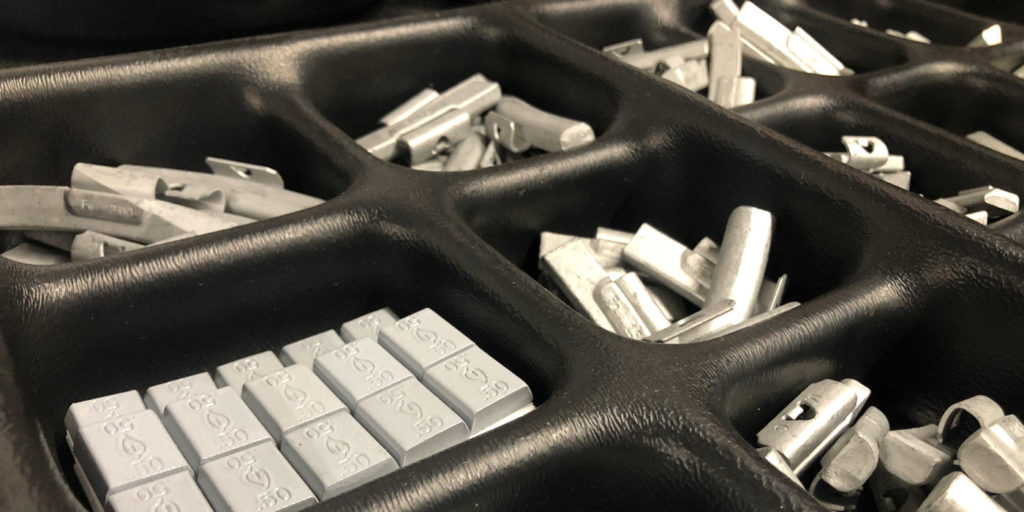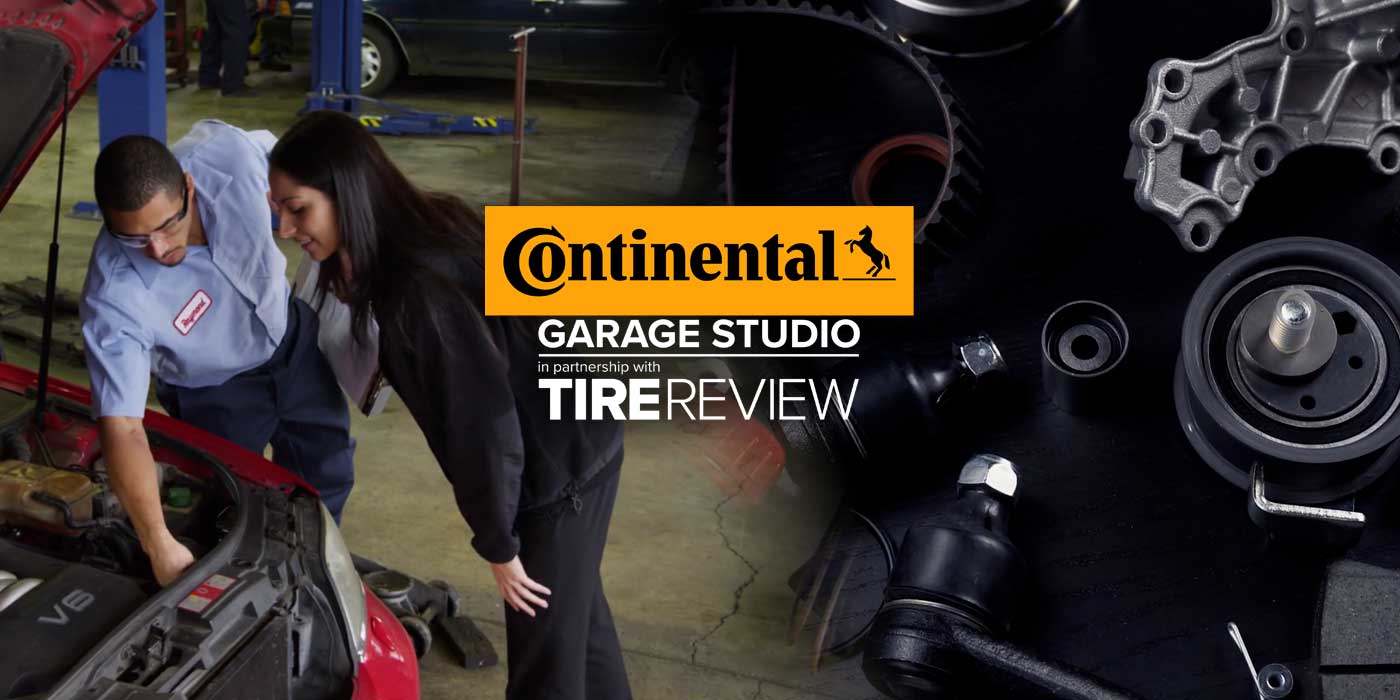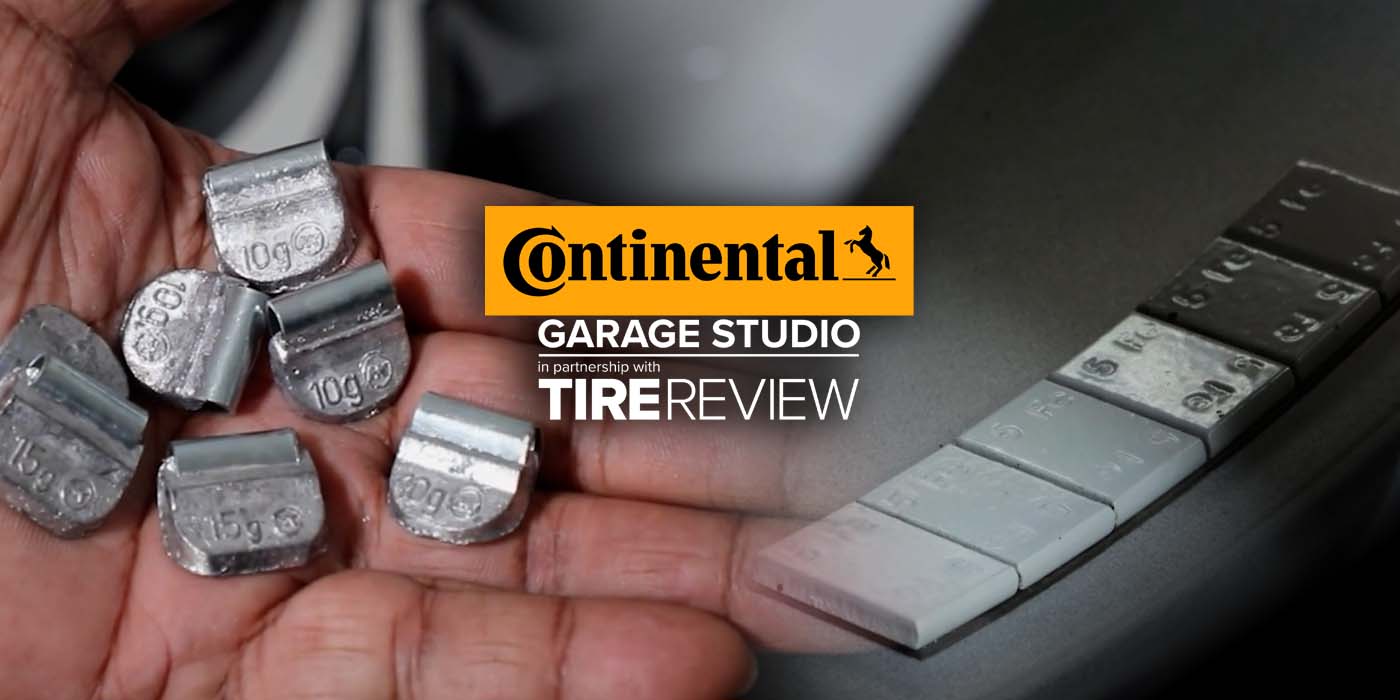Wheel weights are the most inexpensive item installed on a new tire purchase. However, installing the incorrect type can lead to a poor balance. Down the line, that could send the customer back to your store with a ride complaint.
Understanding the nuances of each wheel weight material in the market can help your technicians perform a better balance every time.
Today, the three most common types of wheel weights in use are made from lead, steel or zinc, and are offered in adhesive or clip-on forms. When deciding which one to use, state regulations, environmental factors, material cost and product fitment are a few factors that play a role.
Lead
Lead wheel weights have been manufactured for decades and are known to be more malleable and denser than zinc and steel. With greater density, a lead weight allows technicians to install a smaller, yet heavier, weight.
But, depending on where you live, you might not legally be allowed to sell, distribute or service a vehicle with lead wheel weights. According to the EPA and the U.S. Geological Survey, lead weights that fall off vehicles and are ground up on roadways can contaminate water sources. Lead is known to be highly toxic and has been linked to a variety of health hazards.
Currently, nine states—as well as large independent tire dealerships—have banned the use of lead wheel weights. States in which lead weights are illegal are California, Minnesota, Illinois, Maine, New York, Vermont, Washington, New Jersey and Maryland. Other states have legislation that is pending or has been presented and not passed. As time goes on, more states will continue to ban or restrict lead wheel weights due to the material’s harmful effects.
Zinc
Like lead wheel weights, zinc weights are cast and provide a more contoured appearance on the wheel. However, they are also less dense, making them larger on the wheel. In addition, they are harder to produce to tight weight tolerances and are currently under review for environmental impact. There are also no recycling programs available for zinc wheel weights.
Steel
Steel wheel weights are becoming an industry standard for health and safety. While they may be larger in size than lead weights, steel weights have the highest density of cost-effective alternatives with no known environmental or health issues. Lower density materials, such as zinc, produce longer weights, so much so that in higher weight increments, the center of gravity of these weights can be below the rim flange, resulting in weight chasing and balance accuracy issues. Wheel weights manufactured from higher density materials such as steel do not have this issue.
Steel adhesive wheel weights are becoming more attractive due to increased availability and quality, and various pricing levels. Steel adhesive wheel weights also offer an aesthetic advantage since they often come in colors to blend in with aftermarket wheels. For example, steel black adhesive wheel weights are available to use with black-painted wheels to blend in with the color.
Using the Right Material
Technicians should consider the following when choosing a wheel weight material:
- Wheel weight material density, which can have an impact on size, and, therefore, wheel balance.
- Product fit, form and function when compared to a traditional lead wheel weight.
- Environmental friendliness, recyclability, and the impact of current state practices and future regulatory concerns.
When selecting wheel weight options for your shop, it’s all about finding the right balance. Think about what material and application pairing will work best for your technicians, as well as your customers’ wheels.
What are Wheel Weights?
Wheel weights are used to correct and counteract those imbalances found when balancing tire assemblies. By applying the weights to the wheel in the appropriate location, the addition of the targeted added weight causes the wheel’s mass to be equally distributed around the axis of rotation. This ensures the wheel will rotate without vibration.
Wheel weights are an important component when adjusting the balance of a customer’s tires. For passenger cars, motorcycles and truck wheels, two options are available: clip-on and adhesive wheel weights.
The original clip-on weight was first patented in the early 1930’s, yet adhesive wheel weights came into the market starting in the early ‘70s and provided a new way to balance aluminum rims.
Clip-on weights are traditionally used with wheels that have flanges to which the clip can attach. Adhesive wheel weights are used for wheels without flanges, commonly for customers who are mindful of an aesthetic look to their vehicle where weights can be hidden behind spokes.
Content provided by Coats Garage. For more information, visit coatsgarage.com.
To read the full January 2021 issue, click here.














